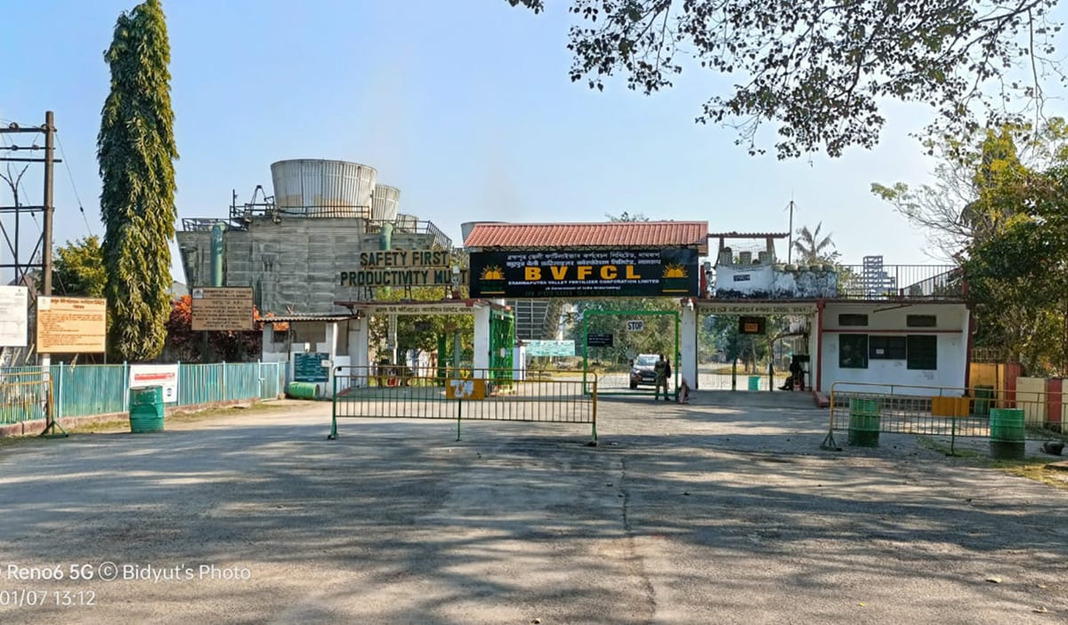Guwahati, Dec 19: The Assam Cabinet has taken a significant step to revive the Brahmaputra Valley Fertilizer Corporation Limited (BVFCL) by approving the purchase of a 40% equity share in the establishment of the Rs 10,601 crore Namrup Fertilizer Plant-IV.
This decision is expected to rejuvenate the fertilizer industry, which has been non-operational since 2020, and boost the region’s agricultural sector.
“The Central Government will hold a 60% equity share in the new plant, while the Assam Government will manage the remaining 40%. This joint effort aims to set up the fourth unit of the BVFCL,” Chief Minister Himanta Biswa Sarma told reporters after the cabinet meeting.
“Once operational, the plant’s production capacity will increase significantly from the current 1.80 lakh MT to 12 lakh MT of urea and ammonia annually,” Sarma said.
BVFCL, the only urea manufacturing unit in eastern India, has struggled due to outdated infrastructure. Namrup-III, its existing unit, has been operational for 35 years despite its design life of 15-20 years. The new plant is expected to secure the future of fertilizer production in the region.
In 2015, a proposal was made to set up ammonia urea complexes to address fertilizer demand across Northeast India and neighbouring regions, but progress remained stagnant.
In February 2021, the Cabinet Committee on Economic Affairs approved a grant-in-aid of Rs 100 crore to BVFCL to restore urea production capacity to 3.90 lakh MT per annum.
“The purchasing the 40% share was a challenging decision for a state like Assam, but necessary for the welfare of Assam,” Sarma said.
In 2022, Sarma also promised an increase in the state government’s investment in BVFCL from 11% to 26% and sought enhanced capital investment from Oil India Limited.
The revival of BVFCL through the establishment of Namrup-IV will address fertilizer shortages in the region, catering to agricultural needs in states like Bihar, Rajasthan, Jharkhand, and the Northeast, and even extend to neighbouring countries like Nepal and Bhutan. The project is expected to generate employment opportunities, improve regional economic conditions, and support the state’s agricultural growth.




